Navigating Time: A Comprehensive Guide to the Hindu Calendar in January 2025
Navigating Time: A Comprehensive Guide to the Hindu Calendar in January 2025
Introduction
With great pleasure, we will explore the intriguing topic related to Navigating Time: A Comprehensive Guide to the Hindu Calendar in January 2025. Let’s weave interesting information and offer fresh perspectives to the readers.
Table of Content
Navigating Time: A Comprehensive Guide to the Hindu Calendar in January 2025
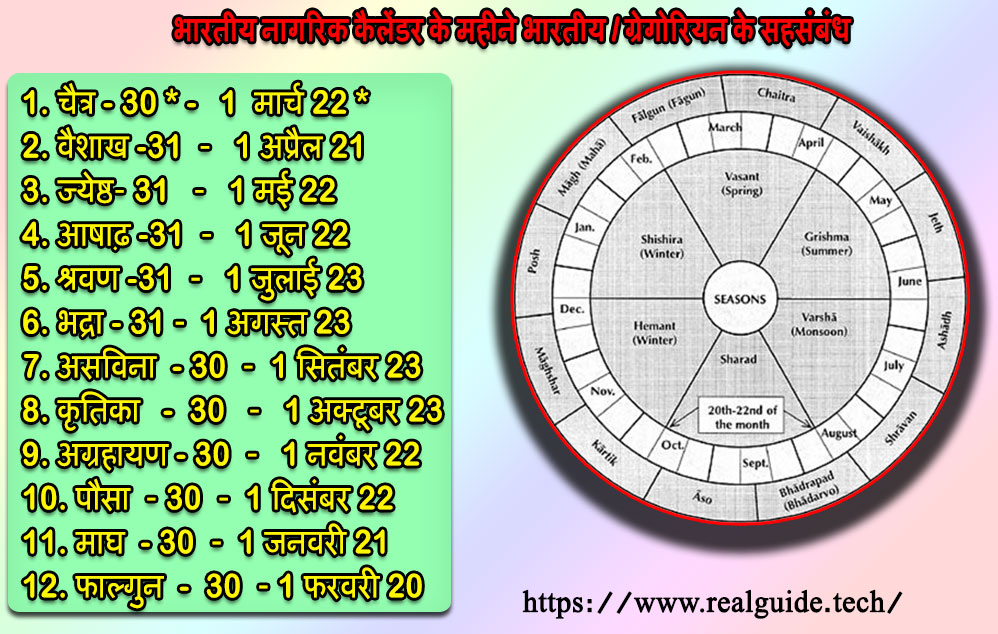
The Hindu calendar, a complex and intricate system of timekeeping, holds profound significance for millions across the globe. It is not merely a tool for tracking dates but a framework for understanding cosmic rhythms, divine cycles, and the interconnectedness of life. As we approach January 2025, understanding the nuances of this calendar becomes crucial for navigating auspicious periods, observing religious practices, and aligning personal endeavors with celestial influences.
The Lunar Foundation:
The Hindu calendar, unlike the Gregorian calendar, is lunisolar, meaning it is based on both the cycles of the moon and the sun. This intricate interplay results in a calendar that is not fixed but rather fluctuates, with months varying in length and the start of each year shifting annually.
The Importance of Tithi:
The foundation of the Hindu calendar lies in the concept of tithi, the lunar day. Each tithi represents a specific phase of the moon’s cycle, and it is these phases that govern the auspiciousness of various activities, from weddings and festivals to religious rituals and ceremonies.
Months and their Significance:
The Hindu calendar comprises 12 months, each named after a specific deity or celestial body. These months, unlike the Gregorian calendar, do not follow a fixed sequence but rather shift based on the moon’s phases. January 2025 falls within the month of Pausha, a month associated with austerity, spiritual reflection, and the celebration of the winter solstice.
The Role of Nakshatras:
Beyond the tithi, the Hindu calendar also incorporates the concept of nakshatras, or lunar mansions. These 27 constellations are believed to exert influence on human life, with each nakshatra associated with specific traits, energies, and auspicious activities.
Understanding the Calendar:
The Hindu calendar is not a static document but a dynamic system that requires careful interpretation. Several factors influence the calendar’s structure and the timings of auspicious events, including:
- The position of the sun and moon: The relative positions of these celestial bodies determine the start of each month and the specific tithi within a given day.
- The movement of the planets: The influence of the planets is considered significant in the Hindu calendar, with specific planetary configurations influencing the auspiciousness of particular periods.
- Regional variations: While the basic framework of the Hindu calendar remains consistent, regional variations exist in the timing of specific festivals and rituals.
Navigating January 2025:
January 2025, falling within the month of Pausha, is likely to witness a range of auspicious and inauspicious periods. Understanding these periods allows individuals to plan their activities accordingly, ensuring harmony with cosmic rhythms.
Auspicious Periods:
- Ekadashi: This fast day, observed on the 11th lunar day, is considered particularly auspicious for spiritual practices and seeking divine blessings.
- Purnima: The full moon day, known as Purnima, is associated with prosperity, abundance, and the fulfillment of desires.
- Amavasya: The new moon day, known as Amavasya, is often considered a period for ancestral rituals and spiritual cleansing.
Inaupicious Periods:
- Ashtami: The 8th lunar day is often considered inauspicious for certain activities, such as starting new ventures.
- Chaturdashi: The 14th lunar day is often associated with the waning of the moon and can be considered inauspicious for certain rituals.
- Rahu Kalam: A specific period of time each day, believed to be inauspicious for starting new endeavors.
Beyond the Calendar:
The Hindu calendar is more than just a tool for tracking dates and auspicious periods. It is a framework for understanding the interconnectedness of the cosmos and the human experience. By aligning our actions with the rhythms of nature and the celestial influences, we can cultivate harmony, prosperity, and spiritual growth.
FAQs about the Hindu Calendar in January 2025:
1. How does the Hindu calendar differ from the Gregorian calendar?
The Hindu calendar is lunisolar, based on the cycles of both the moon and the sun, while the Gregorian calendar is solar, based solely on the sun’s movements. This results in significant differences in the length of months and the timing of specific events.
2. What are the key factors influencing the Hindu calendar?
The Hindu calendar is influenced by the positions of the sun and moon, the movements of the planets, and regional variations in the timing of specific festivals and rituals.
3. How can I find specific dates and timings for auspicious periods in January 2025?
Consult a reliable Hindu calendar or almanac for specific dates and timings of auspicious periods like Ekadashi, Purnima, and Amavasya.
4. Are there any specific rituals or practices recommended for January 2025?
January 2025, falling within the month of Pausha, is a time for austerity, spiritual reflection, and observing rituals associated with the winter solstice.
5. How does the Hindu calendar impact my daily life?
The Hindu calendar can guide daily activities by providing insights into auspicious and inauspicious periods for various endeavors, including starting new ventures, performing rituals, and making important decisions.
Tips for Utilizing the Hindu Calendar in January 2025:
- Consult a reliable almanac or calendar: Seek guidance from reputable sources to ensure accuracy in understanding the calendar’s nuances.
- Plan activities accordingly: Align your personal endeavors with auspicious periods for greater success and harmony.
- Embrace the spiritual significance: Recognize the calendar as a tool for connecting with the divine and fostering spiritual growth.
- Respect regional variations: Acknowledge the diversity of Hindu practices and be mindful of regional differences in the calendar’s interpretation.
Conclusion:
The Hindu calendar, with its intricate structure and profound significance, offers a unique perspective on time and the interconnectedness of life. By understanding its nuances, we can navigate January 2025 and beyond with greater awareness, aligning our actions with cosmic rhythms and fostering a sense of harmony and well-being. The calendar serves as a guide for navigating auspicious periods, observing religious practices, and aligning our personal endeavors with the celestial influences, ultimately enriching our lives and fostering a deeper connection with the divine.

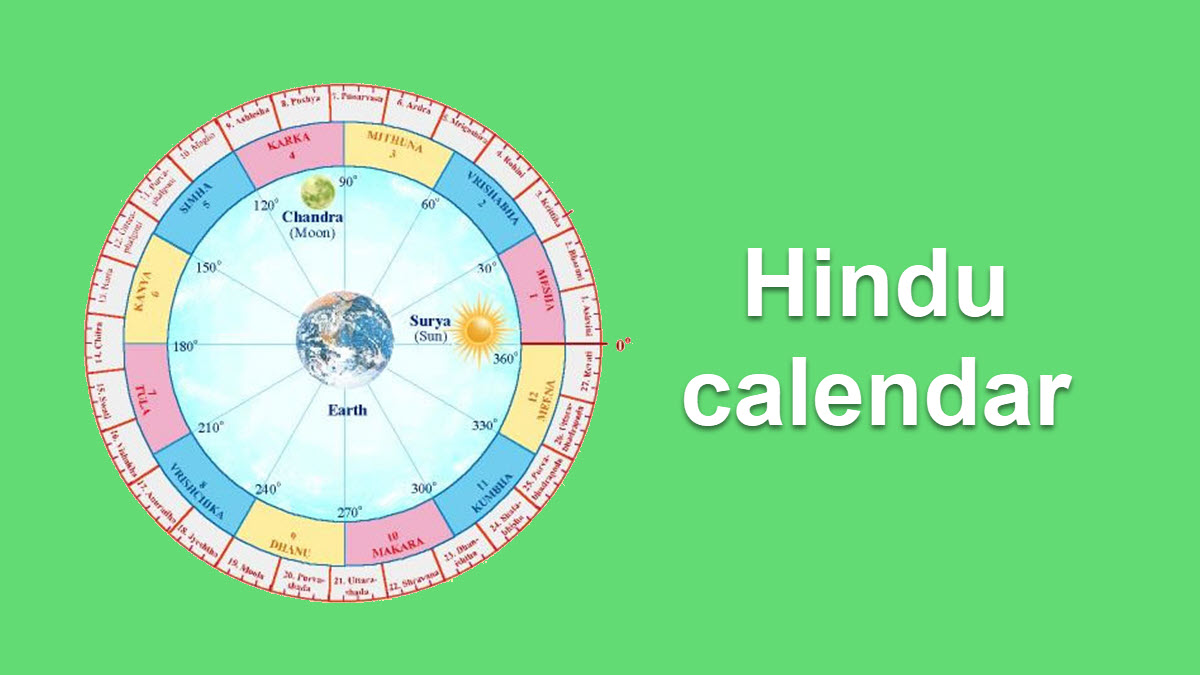
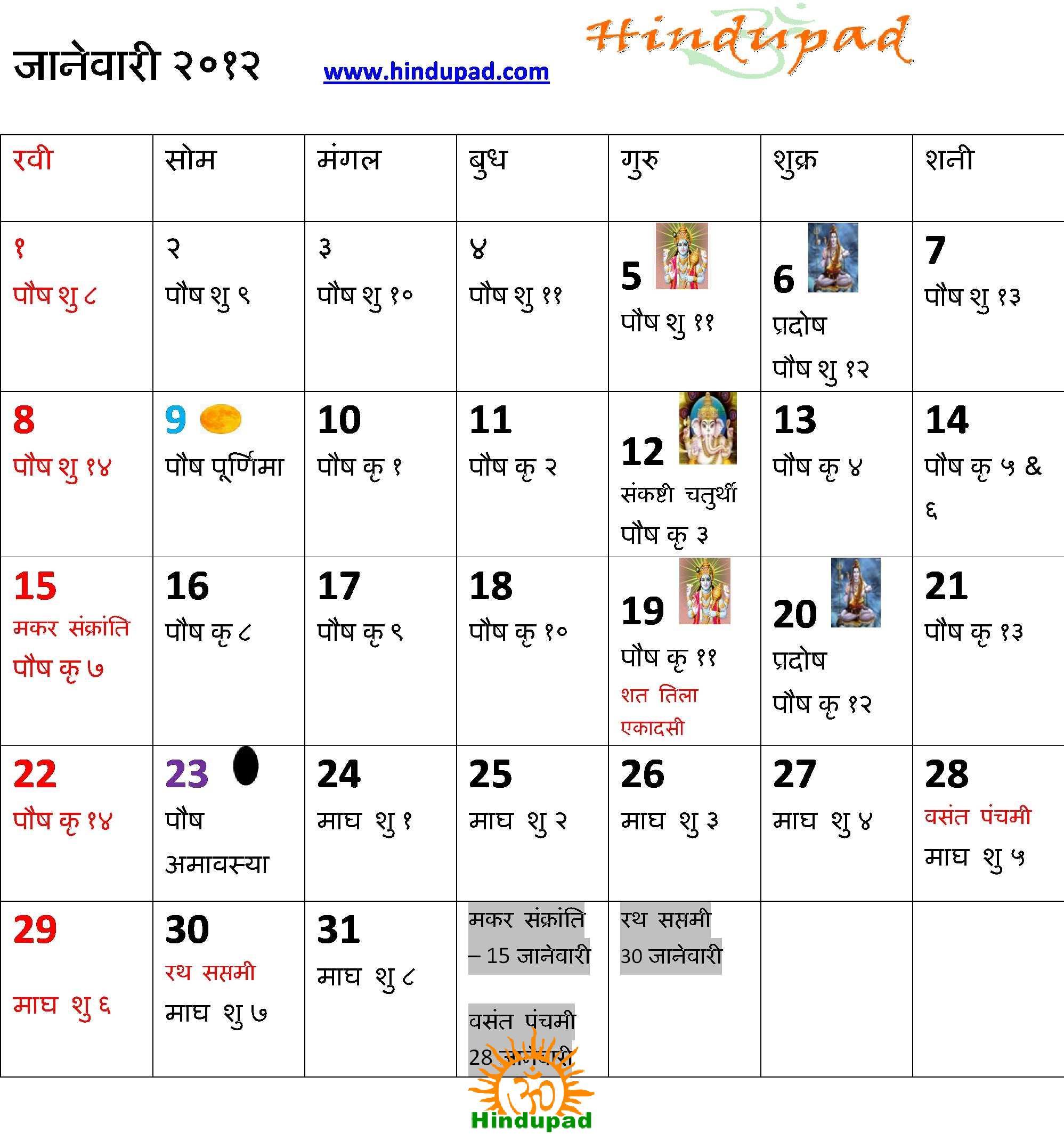

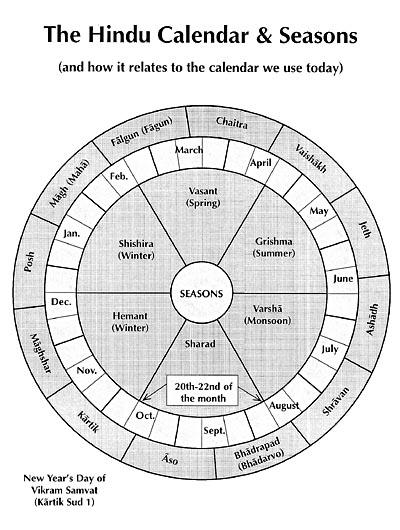
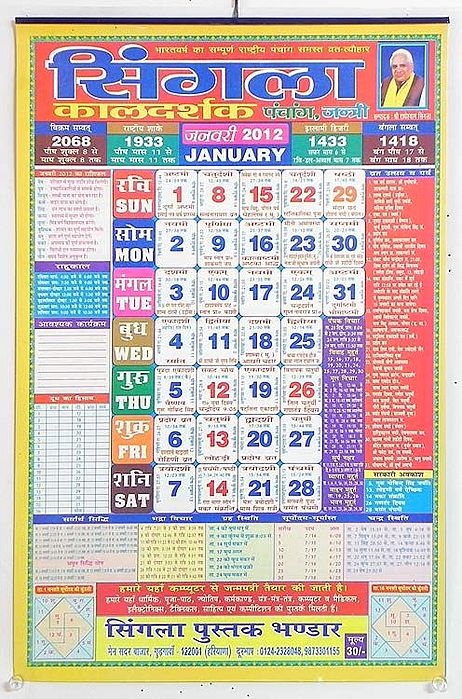
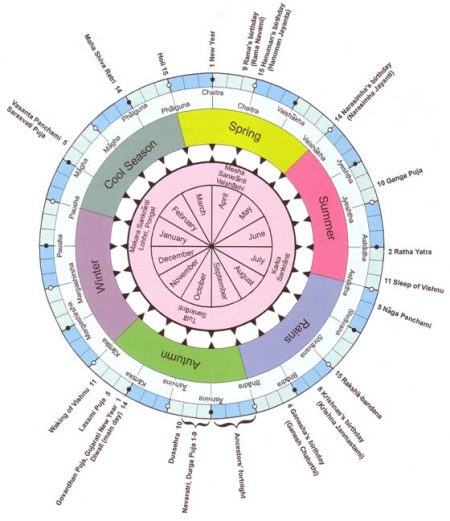

Closure
Thus, we hope this article has provided valuable insights into Navigating Time: A Comprehensive Guide to the Hindu Calendar in January 2025. We hope you find this article informative and beneficial. See you in our next article!